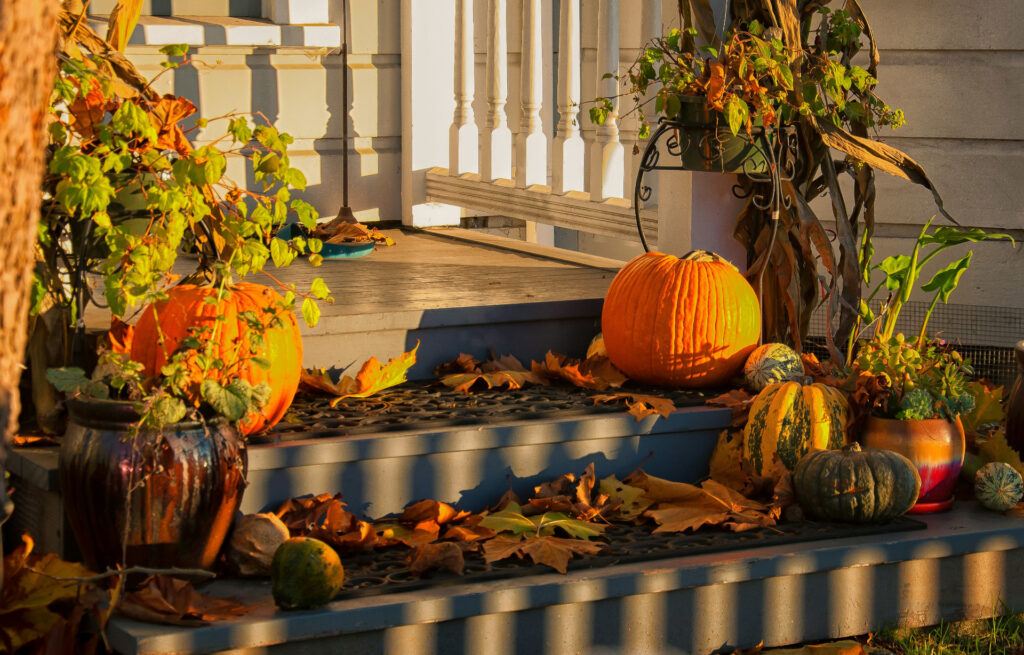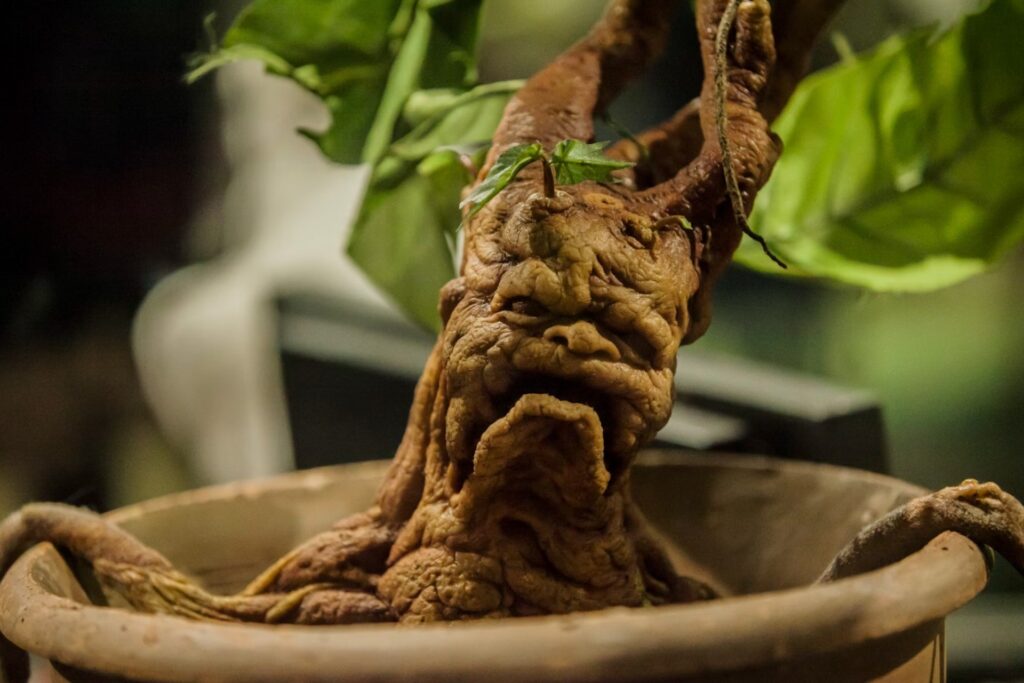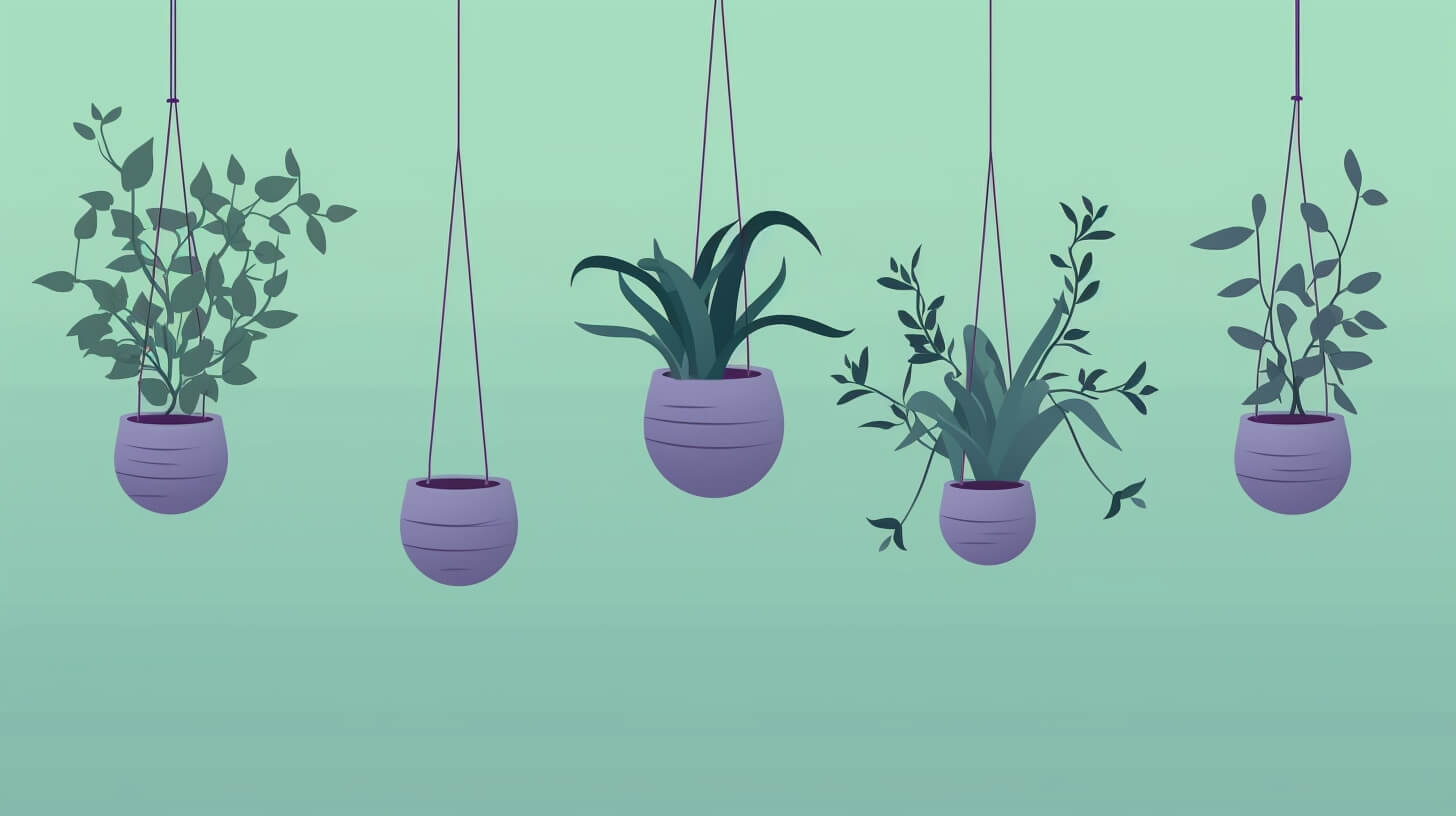
We are reader-supported. When you buy through links on our site, we may earn an affiliate commission.
A living plant wall isn’t just a stylish interior design trend — it’s a natural air purifier, a mood booster and a space-saving solution all rolled into one. Whether you’re hoping to transform your living room into a green sanctuary or liven up a plain office wall, building your own vertical garden is more doable than it seems. With some planning and the right materials, you can create an eye-catching, healthy feature that thrives indoors.
1. Start With the Right Location
Vertical gardens can be an aesthetic addition to your home and add an organic touch. Before you buy anything, take a good look at your space. Your plant wall needs to live in a spot that supports plant health and fits into your daily routine. Look for a wall that receives bright, indirect light, or one where you can easily install grow lights.
Proximity to a water source is a bonus, especially for larger installations or self-watering systems. Also, avoid locations near heating vents or areas that get too hot or cold, as plants can be sensitive to temperature swings. A successful indoor plant wall starts with picking a location that balances aesthetics with practicality.
2. Choose Your Framework
The framework is the structural support for your living wall. There are several different systems to choose from, depending on your goals and budget. Panel systems offer a clean, professional look and are ideal for covering an entire wall. Pocket systems, typically made from felt or fabric, are more affordable and user-friendly for beginners.
If you’re going the DIY route, mounting planter boxes or using vertical shelving can offer flexibility and creativity. No matter the type, ensure your framework allows for adequate airflow, drainage and easy access to maintenance. For walls that might be exposed to moisture, waterproof the surface before installation.
3. Pick the Right Plants
Choosing the right plants is crucial to keeping your living plant wall thriving. You want species adaptable to indoor conditions, slow-growing and relatively low-maintenance. Here are some top choices that work well in vertical gardens:
- Pothos: A hardy, trailing plant that grows quickly and tolerates low light.
- Philodendrons: Available in climbing or bushy varieties.
- Ferns: Add lush texture and love humidity, though they need consistent moisture.
- Spider plants: Easy to grow and produce “babies” that you can replant throughout your wall.
- Peperomia: Compact and varied in shape and color and ideal for filling gaps.
- English ivy: A fast-growing, low-maintenance climber that can drape beautifully down the wall.
Mix different types of plants to add texture and visual interest. Trailing vines, upright foliage and compact fillers are excellent options. Avoid plants that require drastically different care routines or grow too aggressively. The goal is a balanced, harmonious arrangement that doesn’t require constant intervention.
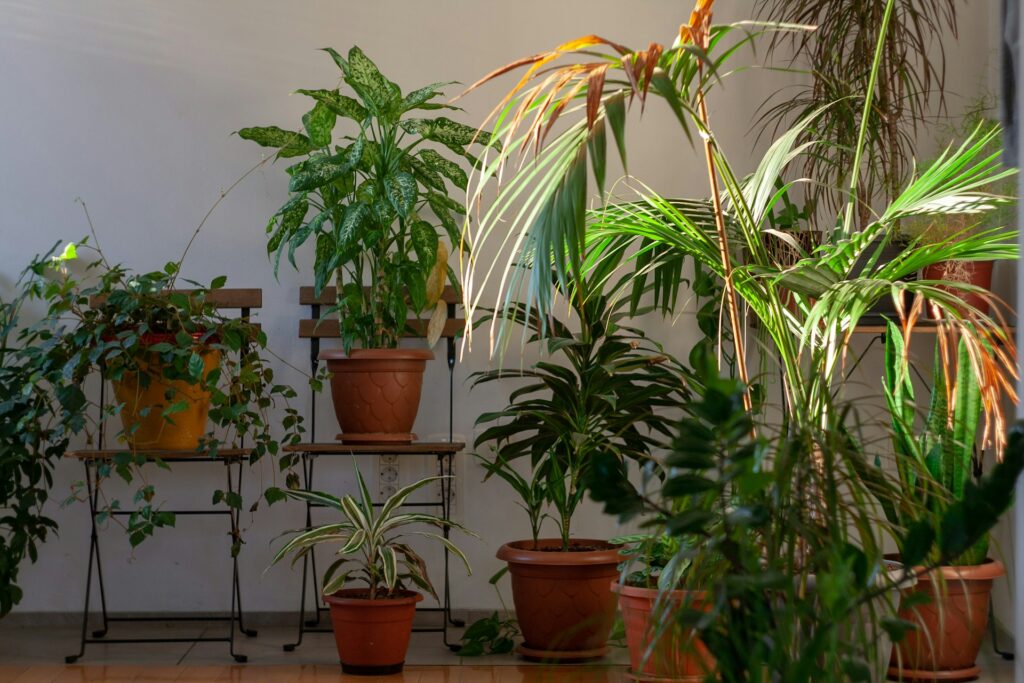
4. Plan Your Layout
It’s tempting to just start planting, but a well-thought-out layout makes a huge difference. Consider how the plants will look as they grow. Some will spread wide, others will hang down or shoot upward. Varying leaf shapes, shades of green and textures can add dimension and beauty to your display. You may want to sketch out your design or use a digital tool to make it up before planting.
5. Soil and Irrigation
Depending on your setup, you’ll either use a soil-based system or go hydroponic. If you’re planting in soil, use a lightweight potting mix that retains moisture but drains well. Adding perlite or coconut coir can help with airflow and root health.
For hydroponic systems, you’ll need to install a water reservoir and a pump for circulating water. Drip irrigation systems with a timer are incredibly helpful in keeping your plants consistently hydrated without overwatering. Self-water setups are especially useful if you travel frequently and just want to simplify daily care for your living plant wall.
6. Lighting Is Key
Light is one of the most critical factors in plant health. Ideally, your plant should receive bright, indirect sunlight for most of the day. If that’s not possible, supplement with LED grow lights. Choose full-spectrum bulbs that mimic natural daylight and hang them close enough to cover all parts of the wall evenly. Most plants require about 12-16 hours of light each day, so using an automatic timer is a good idea. Without sufficient light, even the most carefully chosen plants will struggle to thrive.

7. Ongoing Maintenance
While your living plant wall won’t require daily attention, regular maintenance is essential. Check your plants weekly for signs of pests, disease or stress. Prune back any overgrown foliage to maintain airflow and keep the wall looking neat. Wipe dust off leaves so they can absorb light properly and periodically flush the soil with clean water to prevent salt buildup. Be prepared to swap out any plants that aren’t doing well. Like any garden, your wall is a living project.
8. Final Touches
Once your indoor plant wall is in place, think about how it fits into the overall design of your space. Consider framing it with natural materials like wood or metal for a finished look. You can also add ambient lighting around the edges for a warm, dramatic effect in the evening.
Even small design choices — like grouping aromatic plants near seating areas or matching plant containers to your room’s color scheme — can make a big impact. These finishing touches will help your plant wall feel intentional and integrated.
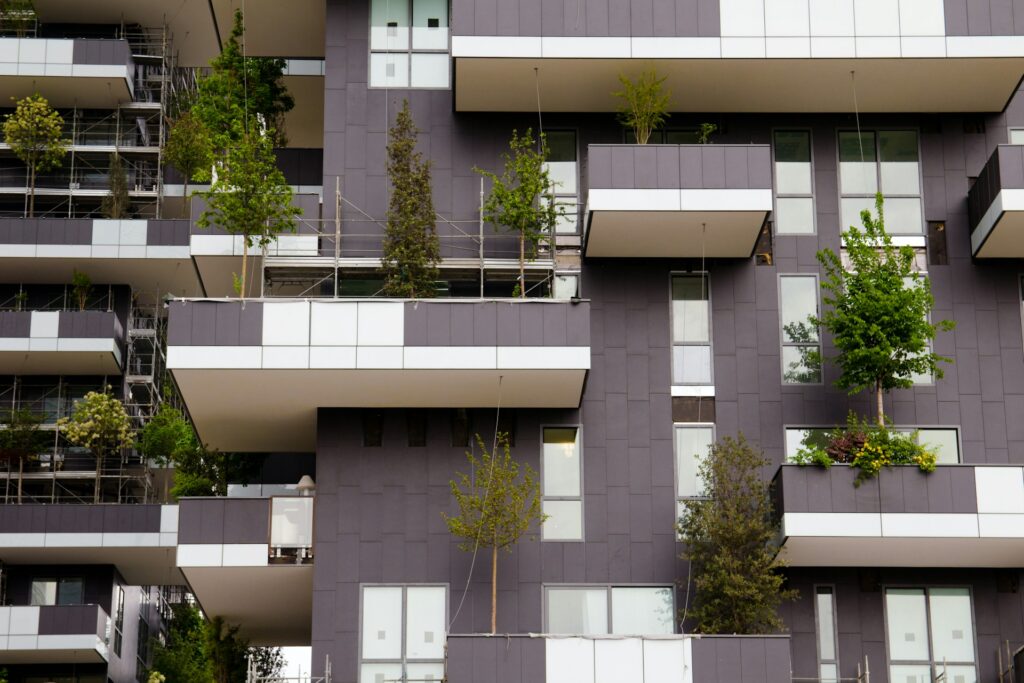
Why a Living Plant Wall Is Worth It
Building a living wall takes effort, but its payoff is more than just visual appeal. You’re creating a living, breathing installation that supports your well-being and enhances your space. Here are some of the biggest benefits of having a living wall in your home or workspace:
- Improves air quality by filtering pollutants and releasing oxygen, which boosts productivity
- Reduces stress and promotes calm and focus
- Acts as a natural sound barrier, absorbing ambient noise
- Increases humidity, which can benefit skin and respiratory health
- Saves space while adding lush, vertical greenery
- Boosts mood and creativity, especially in home offices or creative studios
- Enhances the visual appeal of any room with a dynamic, organic feature
Bringing Nature Indoors
Creating a living plant wall is one of those projects that feels as rewarding as it looks. It may take some planning and effort, but once it’s in place, it becomes a living part of your home. With the right care, your vertical garden will thrive for years to come.


